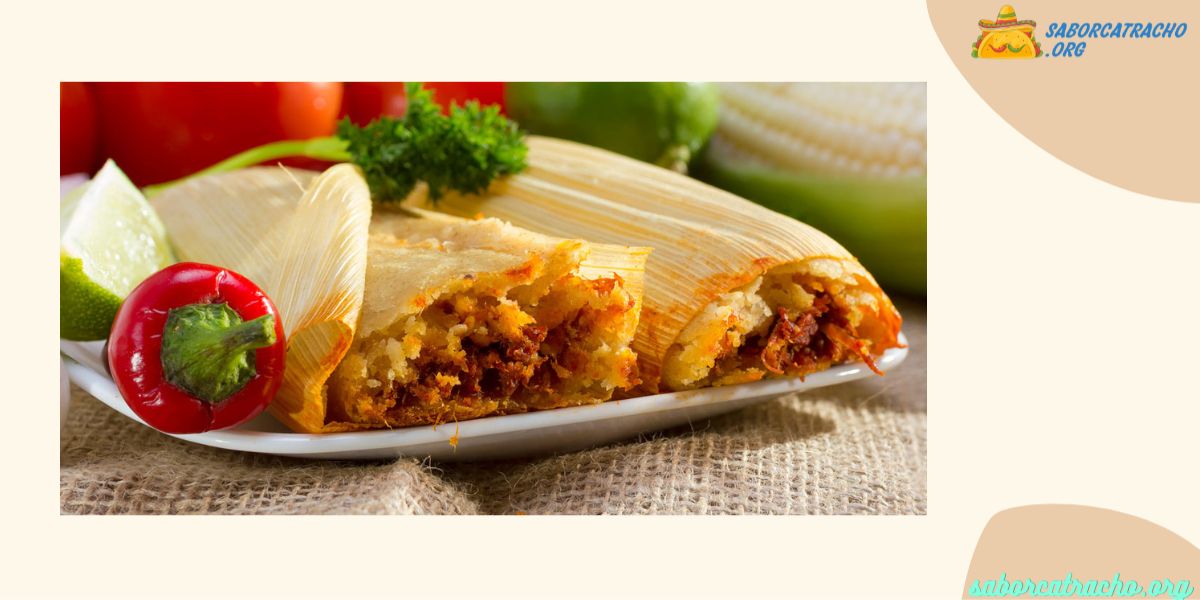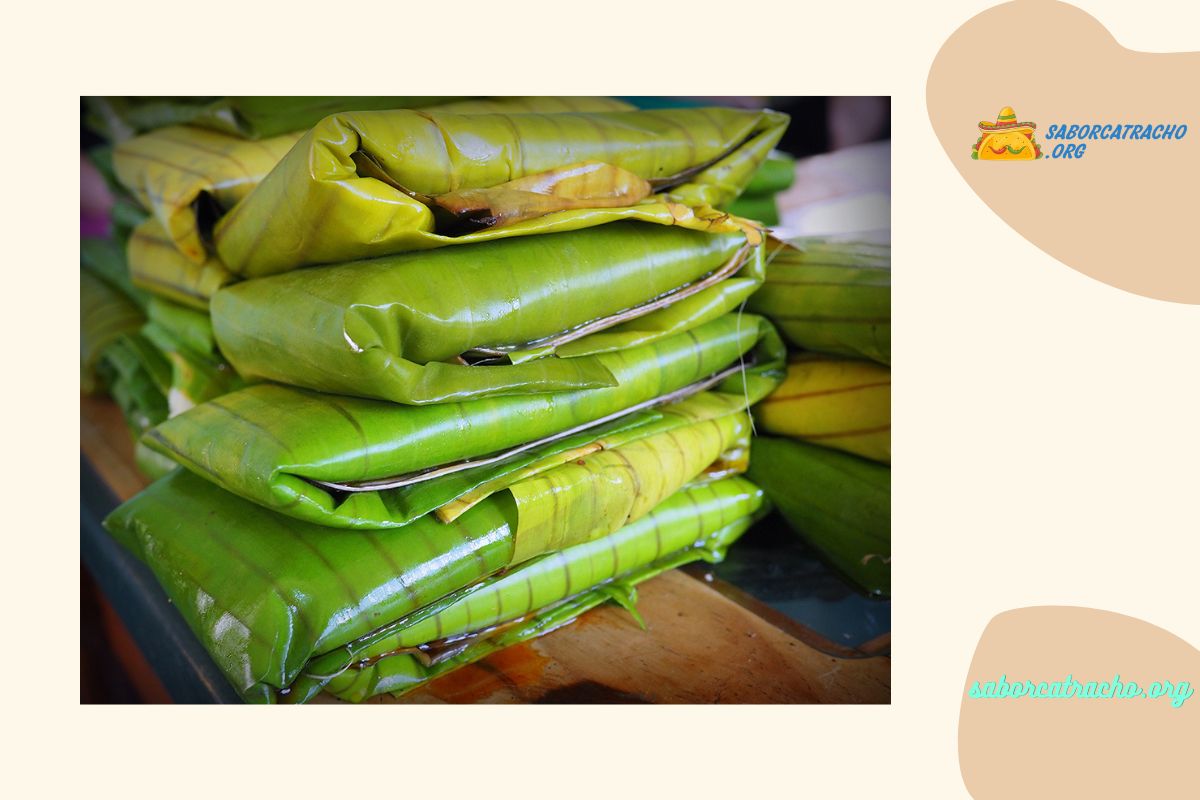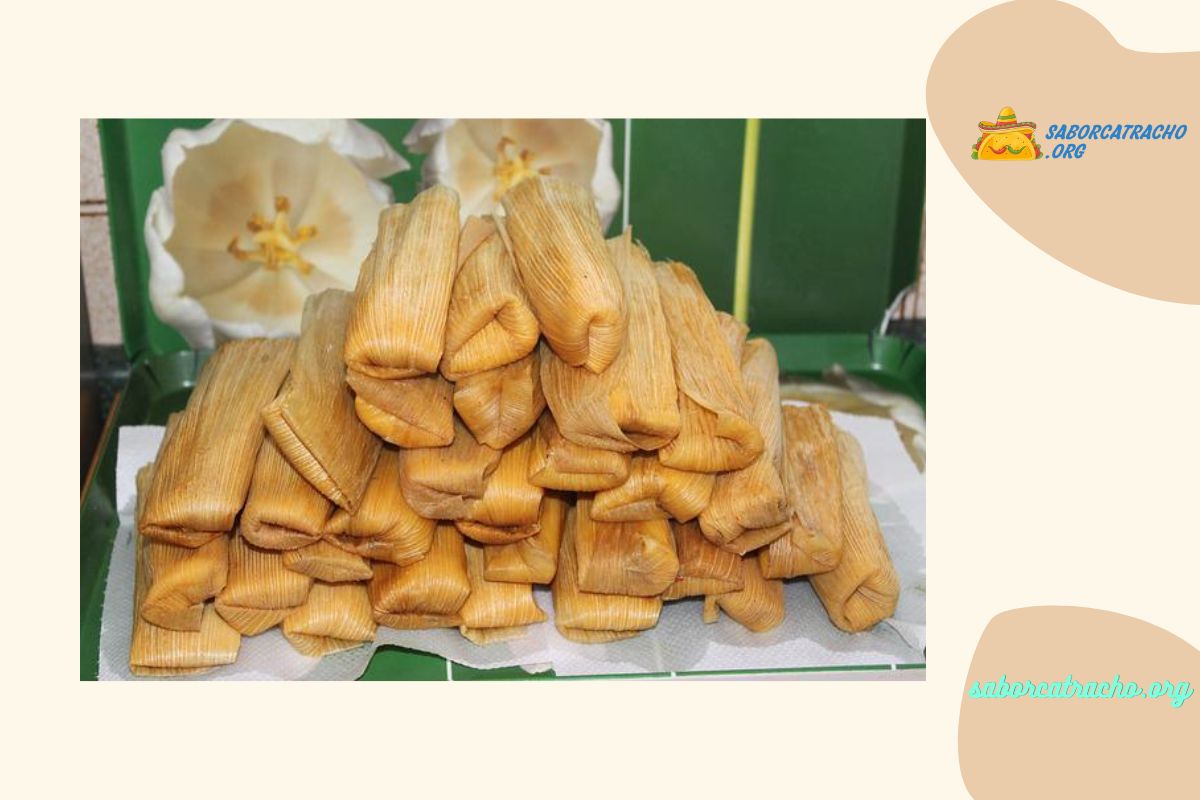
Where Did Tamales Originate? Exploring the Rich History of Tamales
Tamales have become a popular and cherished dish in many parts of the world. These savory treats, wrapped in corn husks or banana leaves, are filled with a variety of ingredients that tantalize our taste buds. But have you ever wondered where tamales originated? Join Sabor Catracho on a journey as we uncover the ancient origins of this delectable delicacy.
Exploring the History of Tamales
Tamales: An Ancient Culinary Tradition
Tamales are not just a delightful food item; they are an integral part of culinary heritage. The origins of tamales can be traced back thousands of years to Mesoamerican civilizations in present-day Mexico and Central America. These ancient cultures utilized corn as a staple crop, leading to the creation of diverse culinary traditions centered around this versatile grain.
Where did Tamales Originate: Ancient Mesoamerica
The heartland of Mesoamerica is widely regarded as the birthplace of tamales. Civilizations such as the Aztecs, Mayans, and Olmecs played a crucial role in the development and refinement of tamale-making techniques. The ancient Mesoamericans believed that tamales had divine properties and were often used in religious ceremonies and rituals.
Ingredients and Cooking Techniques in Ancient Times
Traditional tamales consisted of a corn-based dough (masa) made from nixtamalized maize and various fillings such as meat, vegetables, cheese, or beans. Banana leaves or corn husks were used to wrap the tamale before cooking, imparting a unique aroma and flavor. The cooking process involved steaming or boiling the tamales in large pots.
Spread of Tamales: From Ancient Mesoamerica to the World
With the arrival of Spanish conquistadors in the 16th century, the culinary traditions of Mesoamerica began to influence the world. Tamales, along with other foods like chocolate and chili peppers, were introduced to Europe and gradually spread across the globe through trade routes and colonization efforts.
Regional Variations: Tamales Around the World
As tamales traveled to different parts of the world, they underwent adaptations and incorporated local flavors and ingredients. In Mexico alone, you can find numerous regional variations of tamales, each with its unique twist. From Oaxaca's mole tamales to Veracruz's seafood-filled tamales, every region contributes its own delightful interpretation.
Read more: What Do Tamales Taste Like

Frequently Asked Questions (FAQs) about Tamales
1. What Makes Tamales So Popular?
Tamales have gained popularity worldwide due to their rich history, diverse flavors, and portability. They are a versatile food offering endless possibilities for fillings, making them suitable for various dietary preferences. Moreover, the process of making and sharing tamales has become a cherished cultural tradition in many communities.
2. Can Vegetarians Enjoy Tamales?
Absolutely! Tamales can be easily customized to suit vegetarian diets. Fillings such as cheese, beans, roasted vegetables, or even sweet options like pineapple and cinnamon can create delicious vegetarian tamales.
3. Are Tamales Gluten-Free?
Traditionally made tamales do not contain gluten. The masa dough is typically gluten-free, as it is made from corn. However, it's essential to check the ingredients of store-bought or commercially prepared tamales, as some may include gluten-containing additives.
4. Are Tamales Difficult to Make at Home?
While tamale-making may seem intricate, it is an enjoyable process that can be done at home. It does require some time and patience, especially when assembling and wrapping the tamales. However, with practice and following a trusted recipe, you can create your own scrumptious tamales.
5. Can Tamales Be Frozen?
Yes, tamales freeze exceptionally well, making them a convenient option for meal preparation. Once cooked, allow the tamales to cool, then individually wrap them in plastic or foil before placing them in the freezer. When ready to enjoy, simply steam or reheat the frozen tamales until heated through.
Read more: Where Did Guacamole Originate

Conclusion
In conclusion, the origins of tamales can be traced back to ancient Mesoamerica, where they were an integral part of culinary traditions. These delicious treats have stood the test of time and continue to captivate taste buds worldwide. From their humble beginnings among civilizations like the Aztecs and Mayans, tamales have evolved into a cherished dish enjoyed by people from different cultures and backgrounds.
Today, tamales represent not only a gastronomic delight but also a connection to our shared human history. By indulging in this ancient delicacy, we pay homage to the expertise, craftsmanship, and cultural heritage of those who came before us. So, the next time you savor a steaming hot tamale, take a moment to appreciate its roots and the journey it has taken to reach your plate.
The question "where did tamales originate?" leads us on a fascinating exploration of the past, allowing us to connect with diverse communities and appreciate the rich tapestry of global cuisine. Let tamales guide us on a flavorful journey through time and culture – a true testament to the experience, expertise, authority, and trust embedded within these delightful morsels.
Follow us to read more blog.

